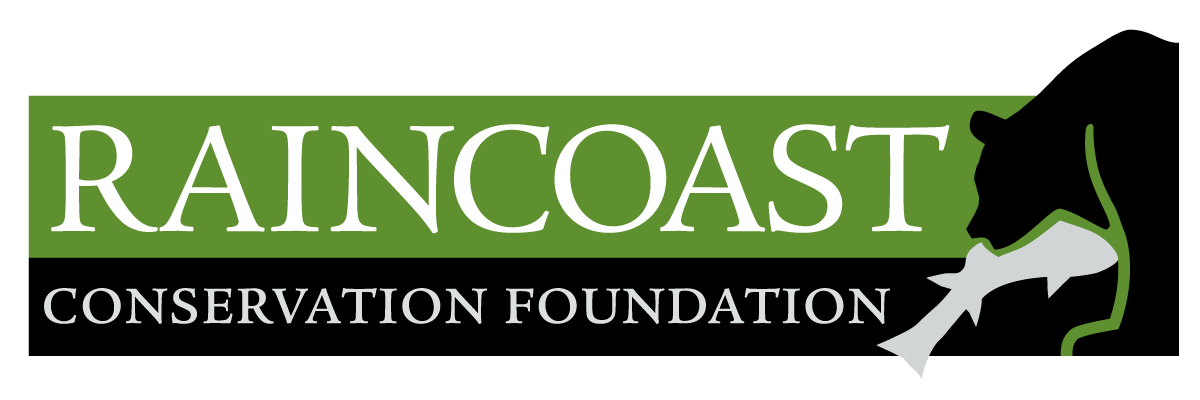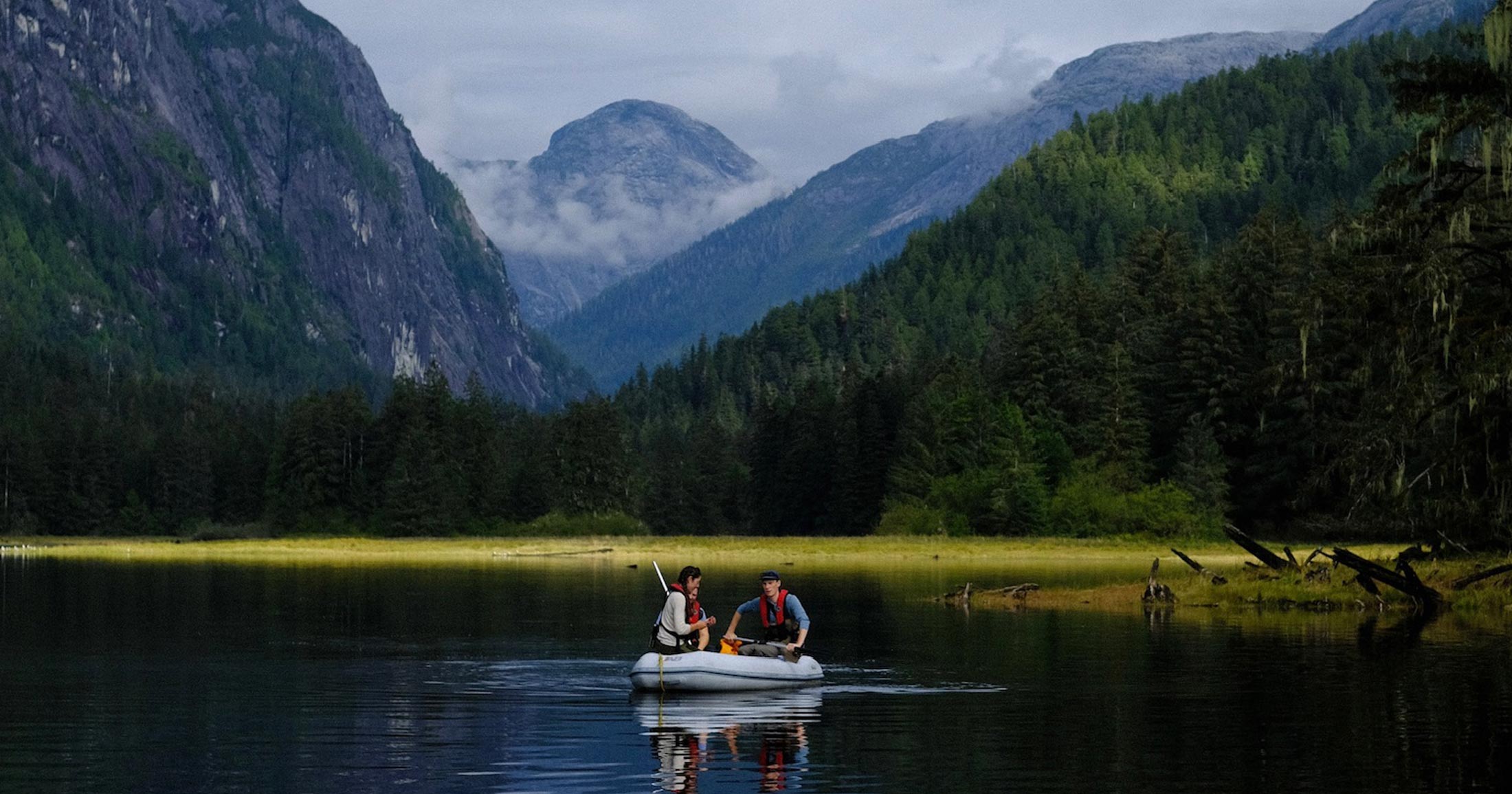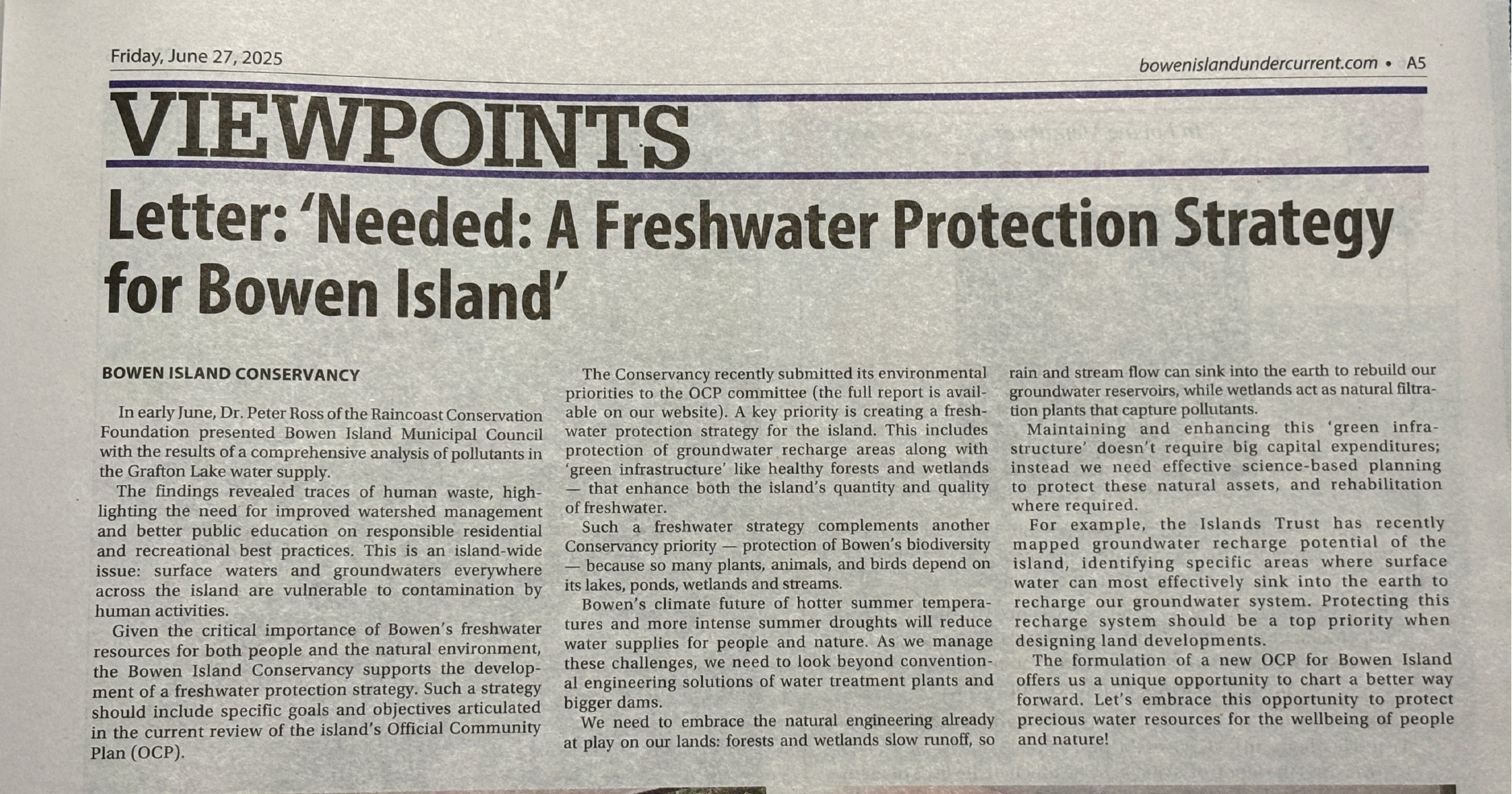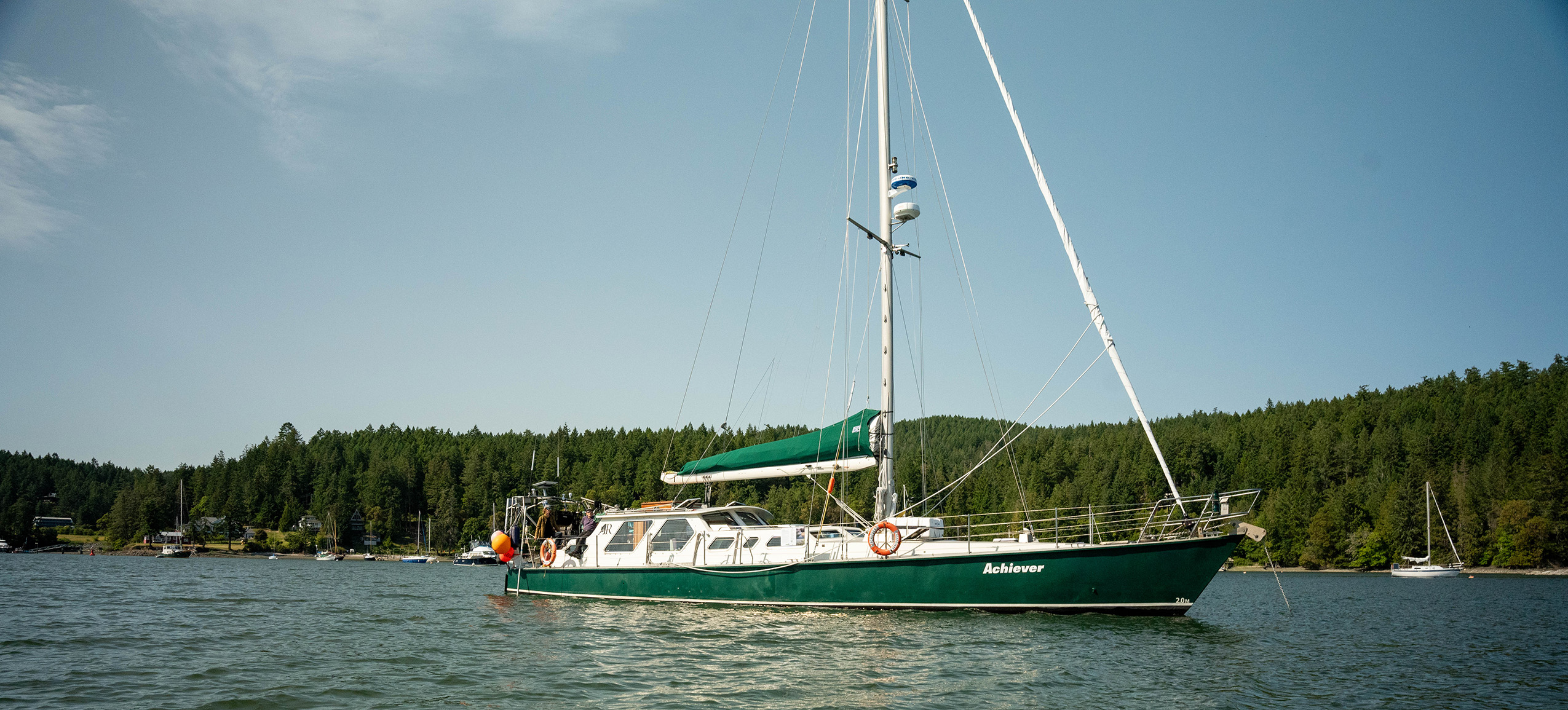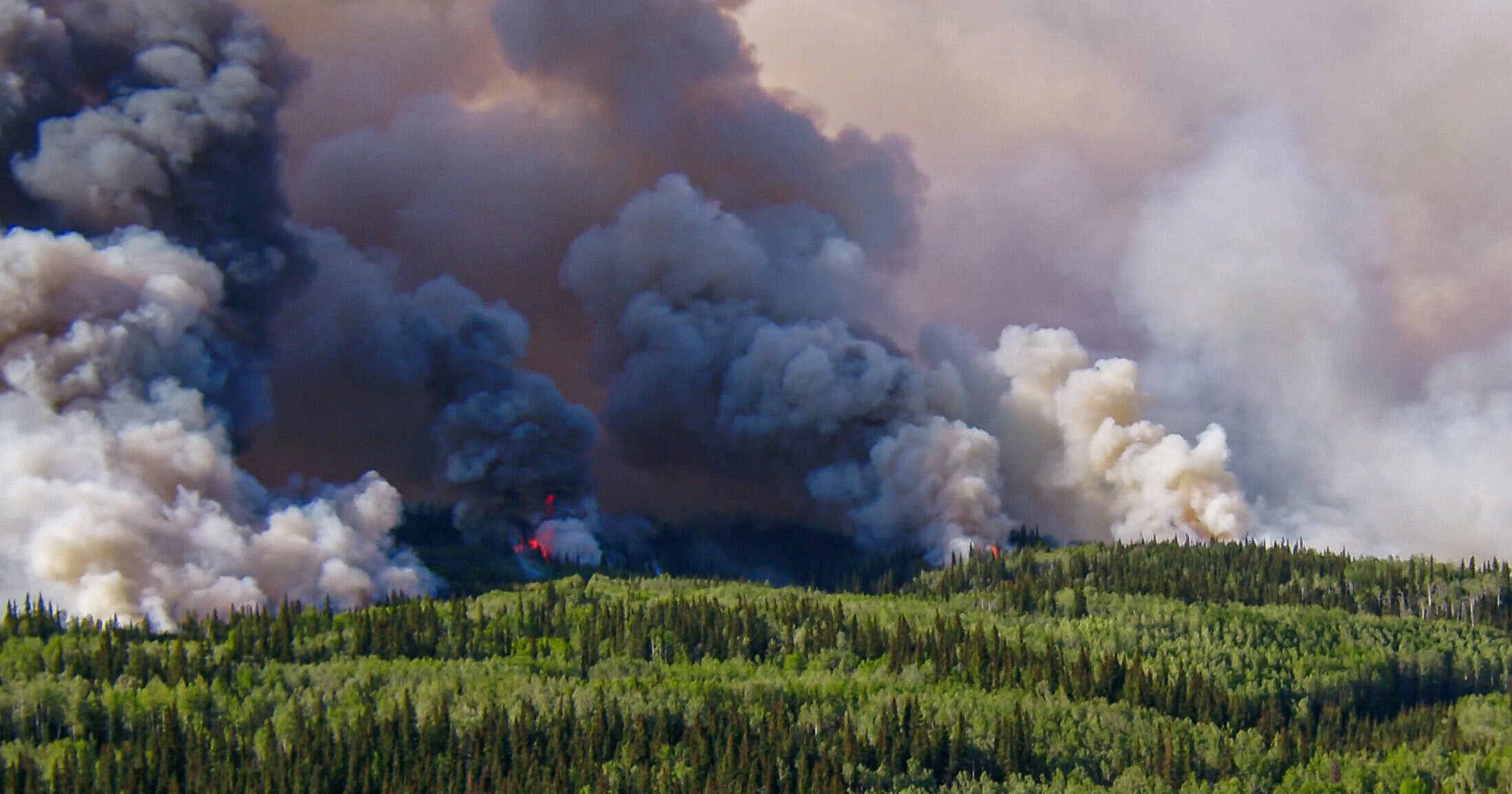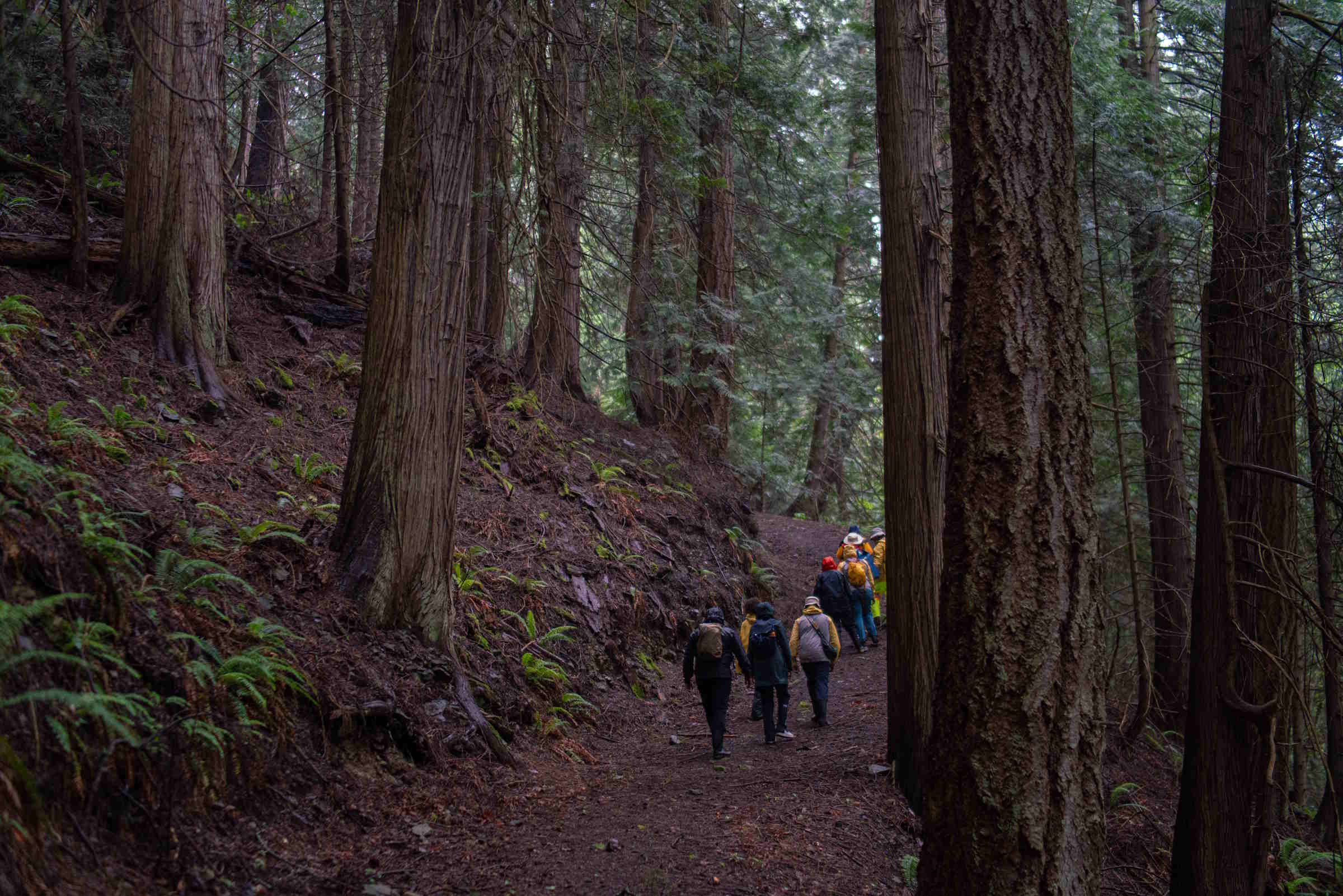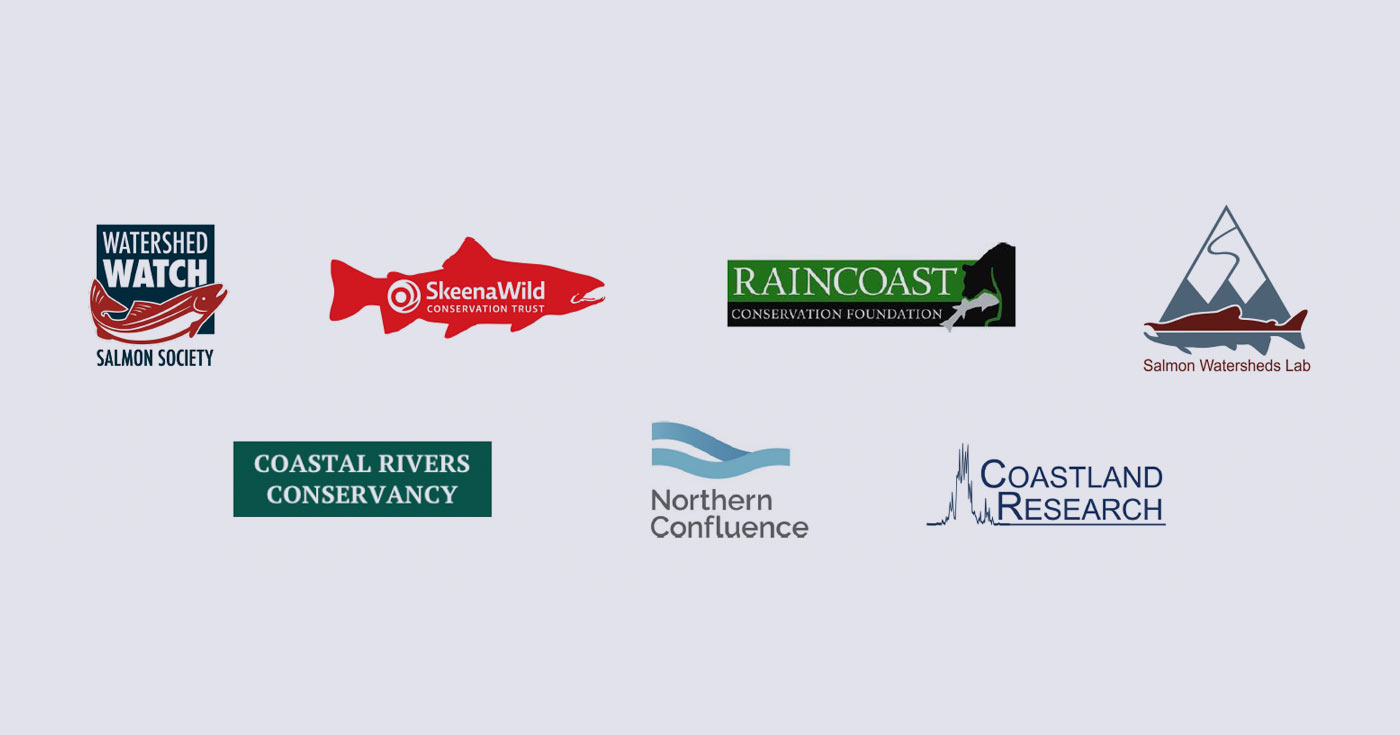What forests mean to coastal wildlife
In collaboration with the Heiltsuk Integrated Resource Management Department (HIRMD), Raincoast Conservation Foundation, and the Raincoast Applied Conservation Science Lab, cameras have been established to study multi-scale effects of forest change.
We know that old-growth forests provide many important services to coastal species, but when these environments are changed, how does the age, diversity, and structure of these forests influence wildlife communities?
Over the past 14 months, a network of wildlife cameras in Heiltsuk Territory has been collecting images of coastal species so that managers and researchers can better understand the relationship between wildlife habitat use and forestry.


In collaboration with the Heiltsuk Integrated Resource Management Department (HIRMD), Raincoast Conservation Foundation, and the Raincoast Applied Conservation Science Lab, 96 cameras have been established across various habitat types in the Territory to study multi-scale effects of forest change.
During fieldwork this past summer, the very first round of images were collected, marking the beginning of a rich dataset and potential insights into the lives of coastal wildlife.

As we begin processing over 100,000 images of different species, ranging from sandhill cranes to mountain goats, we’ll be reminiscing on summers spent in Heiltsuk Territory, exploring coastal rainforests, and amongst good friends. Thank you to Wally Campbell, Louis Campbell, Michael Brown, Chelsea Walkus, Johanna Griggs, Andi Hutchinson, Amanda Ketch, Hannah Charette, Ilona Mihalik, Chavon Robertshaw, and Karson Sudlow for contributing to this year’s field program.
You can help
Raincoast’s in-house scientists, collaborating graduate students, postdoctoral fellows, and professors make us unique among conservation groups. We work with First Nations, academic institutions, government, and other NGOs to build support and inform decisions that protect aquatic and terrestrial ecosystems, and the wildlife that depend on them. We conduct ethically applied, process-oriented, and hypothesis-driven research that has immediate and relevant utility for conservation deliberations and the collective body of scientific knowledge.
We investigate to understand coastal species and processes. We inform by bringing science to decision-makers and communities. We inspire action to protect wildlife and wildlife habitats.

